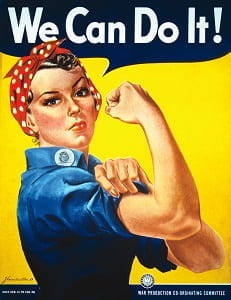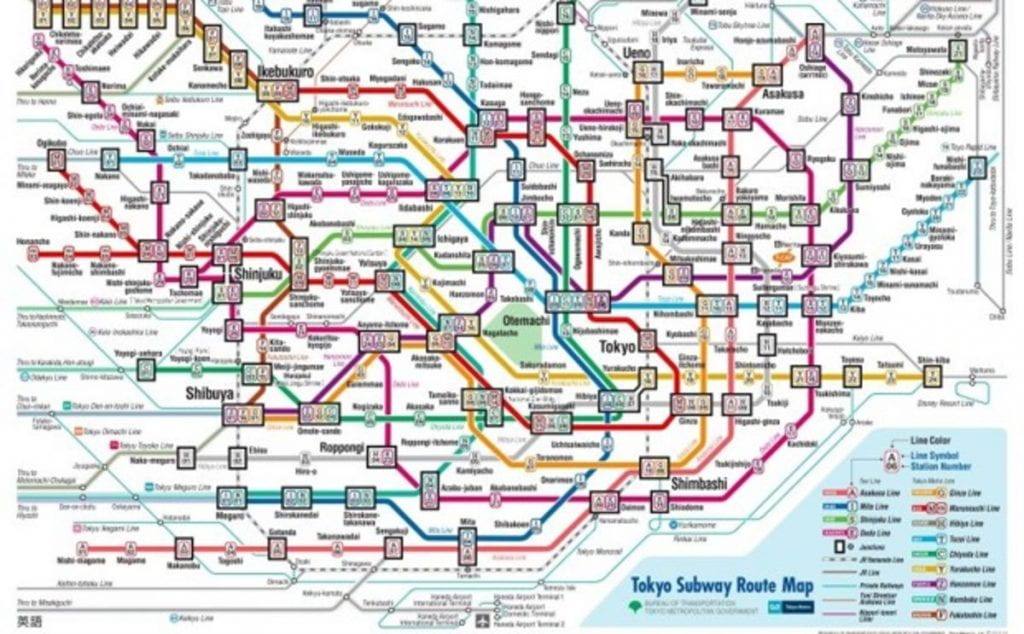When first learning about propaganda I always made the assumption that it was inherently bad and manipulative, but after further research and thought I’ve changed my mind slightly on the issue.
Physics.smu.edu states: “Finally, in this study we realized that propaganda is everywhere; practically every message you are exposed to is propaganda. Given the principles of propaganda, every such message is suspect. Given the volume of them that hits you, it’s not possible to critically evaluate every one. The tendency, then, is to become totally cynical and refuse to believe any of them. This may prevent you from being misled but is not good for the nation as a whole. Imagine the consequences if the government tried to pass on some very important and truthful information and most people refused to believe them.”

I find myself doubting more and more the things that I hear from the news or internet every day. I have a very cynical view about any information or message that is backed behind strong emotional support, but maybe I should reconsider my initial disgust when hearing a message, and consider the last line of this paragraph: “… Imagine the consequences if the government tried to pass on some very important and truthful information and most people refused to believe them.”
I will admit though, it is very difficult for me to come to terms with anything that tries to force me to believe something. I have an immediate gut reaction to reject it if I find it to be too impassioned and a lack of perspective of an opposing point-of-view.
I believe more people fall into the trap of propaganda, whether it’s good or bad, constantly. Propaganda is widely distributed throughout today’s social media societies and if you can’t recognize some of the tell-tale signs of propaganda, a person can easily be tricked into thinking some things are factual when they are, in fact, simply lies or misleading.
I imagine most of us, if not all of us, have believed a piece of false propaganda at one point in our life. It’s nearly impossible not to.
Anyways, “BONES ARE MADE OF PLASTIC!”
Chew on that bone for awhile, Dawgs.



